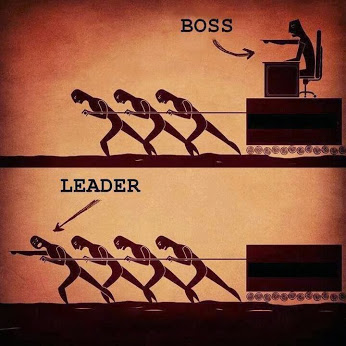One of the “tweetable” leadership thoughts I like to share often is the following:
Followers need clarity and calmness in challenging times.
Provide authenticity and a non-anxious presence for those you lead.
There is actually a lot of thought, and research, that goes behind this call for clarity, calmness, and a non-anxious presence. Some of this research may be found in an article a colleague and I have published in the academic journal Management Research Review. If you don’t have access to this journal, you may find another discussion of the research directly here through the American Society of Business and Behavioral Sciences.
In the face of challenging times, followers need clarity, calmness, authenticity, and a non-anxious presence from their leaders.
What do I mean by this? I’ll use some quick points of contrast to explain.
This Type of Leadership IS NOT About:
- Leaders “having it all together,”
- Leaders pretending to have all the answers, or
- Leaders being overly controlling.
This Type of Leadership IS About:
- Leaders being calm… engaging with a non-anxious presence,
- Leaders providing followers with clarity … being clear and authentic with what can be shared, and
- Leaders guiding with conviction … leading with moral resolve and fortitude.
“Self-Differentiation”
In the study noted above, we found that leader resiliency was associated with a social science construct called self-differentiation. Self-differentiated leaders are able to maintain a non-anxious presence in the face of what often raises anxiety for others.
The reality is those who lead in the manner described in this post face challenges just like any other leader. The difference is in how they respond.
Responding with Clarity and Calmness
Rather than letting circumstances dictate their demeanor, self-differentiated leaders find a way to recognize the challenging realities and then approach these realities in a calm and non-anxious manner.
I don’t know about you, but I love to work for and follow leaders like this. I also desire to provide such leadership for others as I’m able.
So what about you? Are you able and willing to lead with clarity and calmness? Remember:
Followers need clarity and calmness in challenging times.
Provide authenticity and a non-anxious presence for those you lead!






